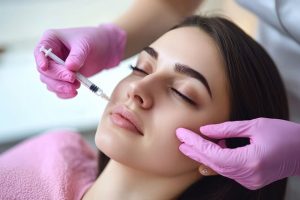Botox injections have emerged as a popular, non-surgical treatment for crow's feet—fine lines around the eyes caused by aging. By paralyzing specific facial muscles with botulinum toxin (derived from bacteria), Botox reduces dynamic wrinkling and provides a temporary yet effective solution. The 15-30 minute procedure involves qualified healthcare providers using fine needles to inject Botox into targeted muscle groups, minimizing contractions that contribute to crow's feet. Results are visible within days, lasting up to four months, with optimal outcomes from multiple sessions. Proper maintenance includes skincare routines and regular dermatologist appointments for assessment and touch-up injections if needed. Prioritizing safety and selecting experienced providers minimizes infection and adverse reaction risks.
“Say goodbye to those telltale signs of aging around your eyes—welcome to our comprehensive guide on using Botox injections to treat crow’s feet. Crow’s feet, the fine lines that appear at the corners of the eyes, are a natural part of aging, but Botox offers a non-invasive solution for those seeking a youthful glow. This article delves into the science behind Botox, exploring its mechanism of action and how it can smoothen these persistent wrinkles. We’ll walk you through the procedure step-by-step, discuss safety considerations, and provide insights on results and maintenance, empowering you with all the information needed for informed decision-making.”
Understanding Crow's Feet: Causes and Characteristics
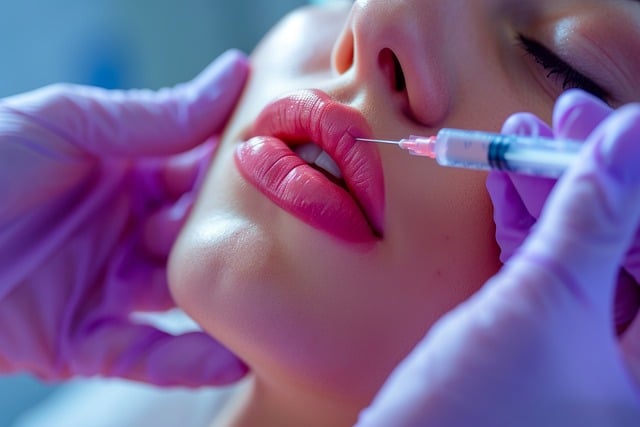
Crow’s feet, characterized by fine lines and wrinkles at the corners of the eyes, are a common sign of aging. These delicate creases often start to appear due to repeated muscle contractions when we smile, frown, or squint. Over time, these expressions lead to noticeable deepening of the lines, becoming more prominent as skin loses its elasticity. Understanding the causes and characteristics of crow’s feet is crucial before considering treatments like Botox injections.
Botox has emerged as a popular solution for reducing the appearance of crow’s feet. By injecting a small amount of botulinum toxin into specific muscle groups around the eyes, Botox temporarily paralyzes the muscles responsible for causing those distinctive wrinkles. This non-invasive procedure offers a way to smooth out fine lines and give the skin a more youthful appearance.
What is Botox? Unraveling the Science Behind It

Botox, a popular cosmetic treatment, is a protein produced by a specific type of bacteria. When used therapeutically, it’s known for its ability to temporarily paralyze or relax muscles. In the context of crow’s feet, Botox injections are strategically placed to target facial muscles responsible for frowning and squinting, which over time can contribute to the formation of these fine lines.
The science behind Botox involves its ability to block nerve signals that stimulate muscle contraction. When injected into specific areas, Botox prevents these muscles from contracting as strongly, leading to a reduction in dynamic wrinkling. This non-invasive procedure offers a temporary yet effective solution for crow’s feet, providing a smoother and more youthful appearance.
The Mechanism of Action: How Botox Works for Crow's Feet
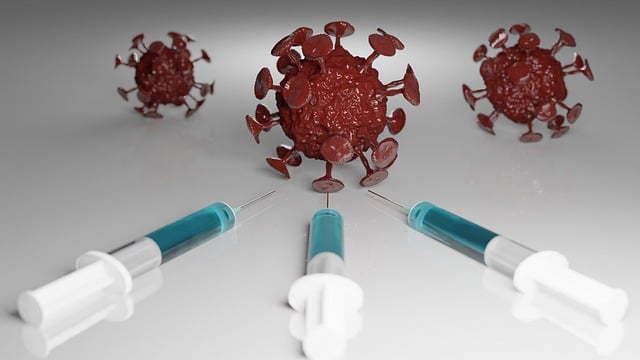
Botox injections have become a popular non-surgical treatment for reducing the appearance of crow’s feet, those fine lines that often gather at the corners of our eyes as we age. The mechanism of action behind Botox’s effectiveness lies in its ability to temporarily paralyze muscles. When injected into specific muscle groups around the eyes, Botox blocks the nerve signals that cause contraction. This prevents the repeated movements that contribute to the formation of crow’s feet, allowing the skin to appear smoother and more youthful.
Over time, as the effects of the injection wear off, the treated muscles gradually regain their ability to contract. However, by interrupting this cycle of constant movement, Botox provides a valuable window for the skin to recover and rebuild its elasticity. This temporary paralysis gives the dermis (the layer of skin beneath the epidermis) a chance to regenerate, resulting in reduced appearance of fine lines and wrinkles around the eyes.
Procedure Step-by-Step: What to Expect During Botox Injections
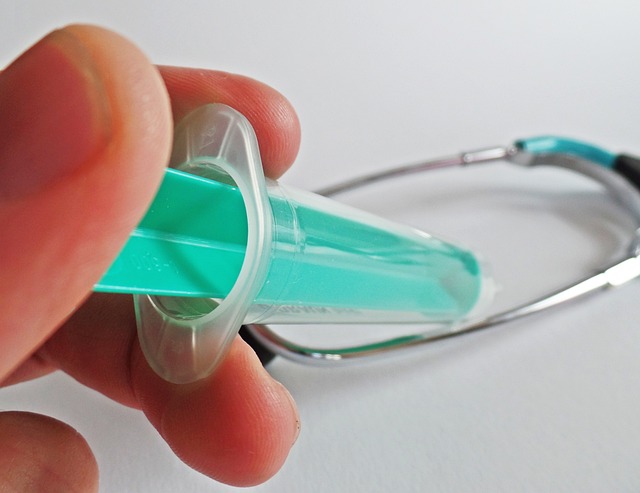
Botox injections for crow’s feet involve a simple, non-invasive procedure that can significantly reduce the appearance of fine lines and wrinkles. Here’s what to expect during the treatment:
1. Consultation: Before the procedure, you’ll have a consultation with a qualified healthcare provider who will assess your skin, discuss your expectations, and determine if Botox injections are suitable for you. They might also ask about your medical history to ensure safety.
2. Pre-treatment Care: On the day of treatment, avoid using makeup or any skincare products around the injection sites. You may be instructed to arrive a few minutes early so your provider can review your information again and prepare the necessary materials.
3. Injection Process: The procedure typically takes around 15-30 minutes. Using a fine needle, the healthcare provider will inject Botox into the targeted muscle groups around the eyes. These injections work by temporarily paralyzing the muscles, which reduces the frequency of facial contractions that contribute to crow’s feet. You may feel a slight stinging or pinching sensation during the injections, but most providers use topical anesthetics to minimize discomfort.
4. Post-treatment Care: After the injections, you might experience some temporary redness, swelling, or bruising at the injection sites. It’s recommended to avoid strenuous activities and excessive sun exposure for a few days. You can return to your normal routine shortly after the treatment, but it’s advisable to plan for a relaxing day afterward just in case you experience more significant side effects.
Safety and Side Effects: Ensuring a Secure Treatment Experience

Botox injections for crow’s feet have established themselves as a popular and effective anti-aging treatment. However, safety is paramount when considering any cosmetic procedure. It’s crucial to understand that Botox is a medical treatment administered by trained professionals. Reputable practitioners adhere to strict sanitation protocols and use pre-screened, sterile products to minimise the risk of infection or adverse reactions.
While generally safe, Botox injections may still carry potential side effects. Temporary redness, swelling, or discomfort at the injection site are common. Headaches, muscle weakness in the treated area, or difficulty blinking (especially with upper eyelid treatments) can also occur but usually subside within a few days. It’s essential to choose an experienced provider who can expertly deliver injections and offer post-treatment care advice for a smooth and secure treatment experience.
Results and Expectations: What Can You Achieve with Botox?

When considering Botox injections for crow’s feet, it’s important to understand what results you can expect. Botox is a protein that temporarily blocks nerve impulses that cause muscle contraction. In the context of facial wrinkles, this means it smooths out fine lines and wrinkles, including crow’s feet—the vertical wrinkles that often appear at the outer corners of the eyes.
The effects of Botox are typically noticeable within 24 to 72 hours after treatment, with the full outcome visible after about a week. Results can last for up to four months, and multiple sessions may be required to maintain optimal results. It’s crucial to discuss your expectations and any concerns with a qualified healthcare provider, as individual experiences can vary.
Maintenance and Follow-up Care: Prolonging the Benefits of Your Injection
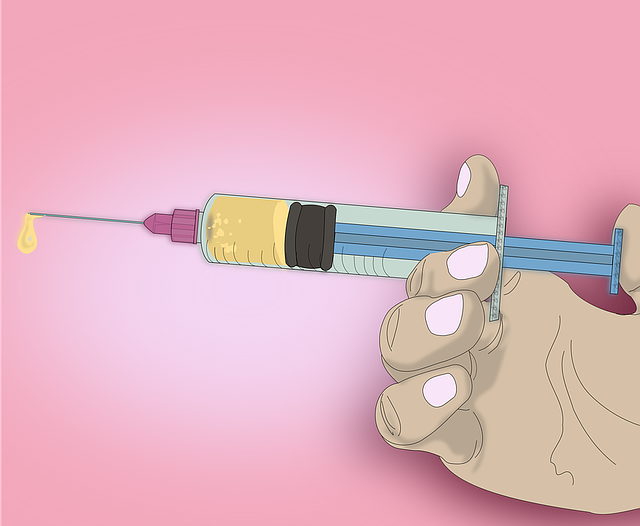
After your Botox injections for crow’s feet, proper maintenance and follow-up care are essential to maximize results and prolong the benefits. It’s crucial to understand that while Botox offers significant improvement, it is a temporary solution. To extend the duration of smoothness and reduce the need for repeated treatments, adhere to a consistent skincare routine. This includes daily moisturizing, sun protection with SPF 30 or higher, and avoiding excessive sun exposure, which can break down the botulinum toxin.
Regular follow-up appointments with your dermatologist are vital as well. During these visits, they can assess the treatment’s effectiveness, address any concerns, and provide guidance on touch-up injections if needed. Remember, open communication with your healthcare provider is key to achieving and maintaining optimal results from your Botox injections for crow’s feet.
